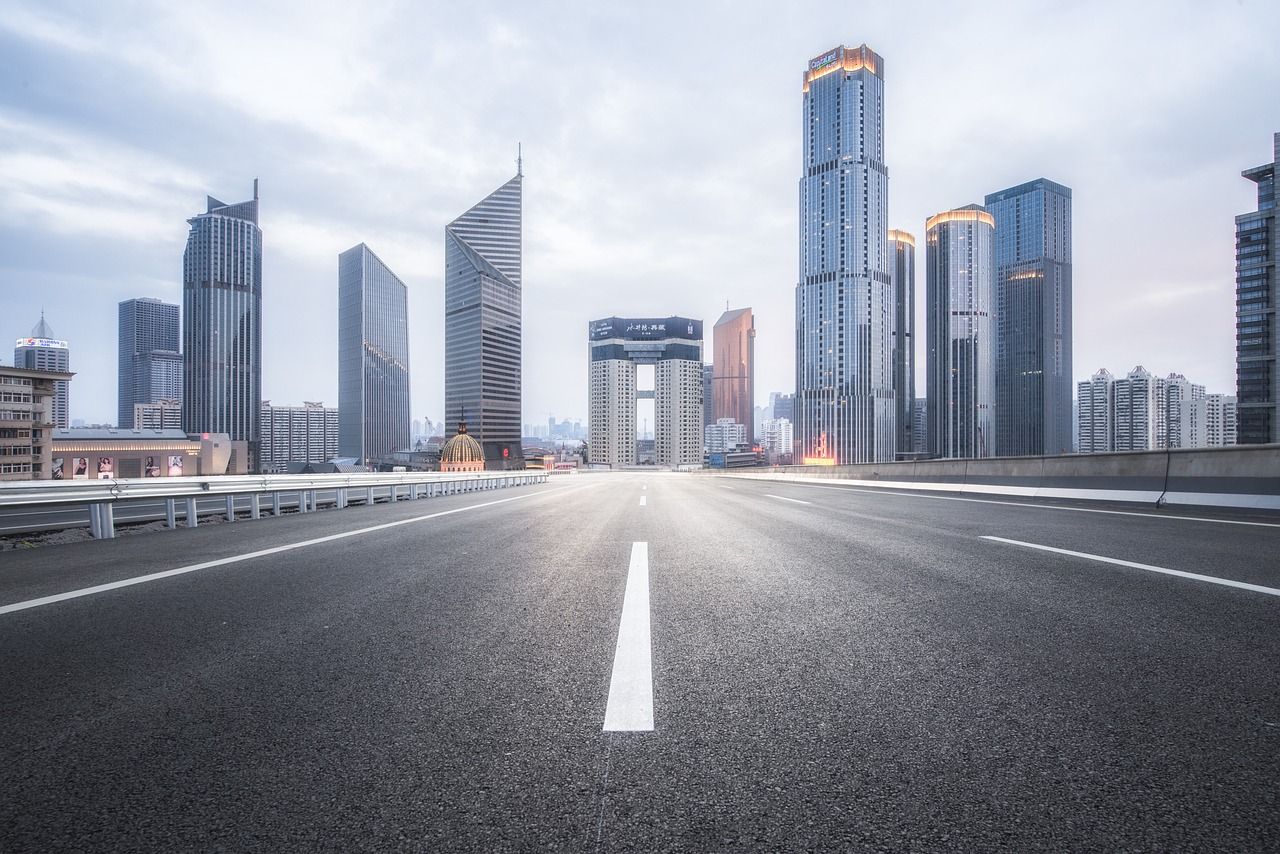


Introduction to Shanghai
Shanghai is a direct-administered municipality located on the Chinese shoreline, southern estuary of Yangtze River. Home to around 24.87 million inhabitants, it ranks second in terms of population after Chongqing. The city flourishes due to its advantageous port location and has become one of five treaty ports opened for trade during the First Opium War. Shanghai is renowned for being a global center for finance, economics, research, science and technology, manufacturing, transportation, tourism, culture, and home to numerous Double First-Class Universities such as Fudan University and Shanghai Jiaotong University. The Lujiazui skyline with Art Deco architecture is famous in Shanghai along with other significant buildings like City God Temple, Yu Garden, China Pavilion, and Bund Museums.
Key Attractions and Points of Interest
Shanghai’s Pudong New Area hosts numerous attractions including Lujiazui skyline, museums, historic buildings such as City God Temple, Yu Garden, China Pavilion, Bund Museums etc. Shanghai has become a hub for international trade and finance due to intense redevelopment initiated by paramount leader Deng Xiaoping during the 1980s. The Lujiazui skyline is famous in Shanghai along with other significant buildings like City God Temple, Yu Garden, China Pavavilion etc. Visitors can expect architectural styles such as Art Deco and Shikumen when exploring these attractions.
Cultural and Historical Context
Shanghai’s Lujiazui skyline tells tales of Shanghai Stock Exchange being first free trade zone in mainland China attracting finance, foreign investment etc., while City God Temple speaks about local culture which has been preserved despite globalization. These cultural heritage buildings along with Bund Museums etc are the showpiece of economy and city life showing importance of historical background to understand Shanghai better than before.
Practical Information for Visitors
Shanghai is a popular destination due to its weather seasons allowing visitors to enjoy pleasant temperatures throughout their stay. It’s recommended to visit during spring (April-May) or autumn (September-October), when the climate is milder and air quality improves, making sightseeing more enjoyable. Navigating Shanghai requires basic knowledge of local customs like using chopsticks instead of forks or knives; understanding that Chinese people value punctuality greatly so it’s important to arrive on time at meetings etc., can be helpful in enhancing visitor experience. Visitors should also pay attention to pedestrian safety when crossing busy streets as Shanghai metro is largest metro network by route length.
Conclusion: Why Shanghai is Worth a Visit
Shanghai ranks sixth in terms of skyscrapers and has become one of the most visited cities due to intense redevelopment attracting finance, foreign investment etc., making it an Alpha+ city according to Globalization and World Cities Research Network. Visitors can explore Lujiazui skyline along with City God Temple, Bund Museums etc., while enjoying pleasant temperatures during spring or autumn seasons which enhances visitor experience greatly. Shanghai’s cultural heritage buildings such as City God Temple speak about local culture preservation despite globalization adding depth to understanding Shanghai better than before. Shanghai ranks sixth in terms of cities with most skyscrapers making it a compelling travel destination worth visiting due to its numerous attractions, Double First-Class Universities etc., attracting visitors from around the world.
Source: Shanghai Wikipedia
🇰🇷 한국어 보기 (View in Korean)
상하이 소개
상하이는 Yangtze River의 남부 강어귀에있는 중국 해안선에 위치한 직접 관리 된 지방 자치 단체입니다. 약 2,470 만 명의 주민이있는이 집은 Chongqing 이후 인구 측면에서 2 위를 차지했습니다. 이 도시는 유리한 항구 위치로 인해 번성했으며 첫 아편 전쟁 중에 무역을 위해 개설 된 5 개의 조약 항구 중 하나가되었습니다. 상하이는 Fudan University 및 Shanghai‘ target=’_blank’ rel=’noopener noreferrer’ title=’Shanghai에 대한 위키백과 정보’>Shanghai Jiaotong University와 같은 수많은 2 차 일류 대학교의 금융, 경제, 연구, 과학 기술, 운송, 운송, 관광, 문화 및 고향으로 유명합니다. Art Deco 건축물이있는 Lujiazui Skyline은 Shanghai에서 City God Temple, Yu Garden, China Pavilion 및 Bund Museums와 같은 다른 중요한 건물과 함께 유명합니다.
주요 명소 및 관심 지점
상하이의 Pudong New Area는 Lujiazui Skyline, Museums, City God Temple, Yu Garden, China Pavilion, Bund Museums 등과 같은 역사적인 건물을 포함한 수많은 명소를 주최합니다. 상하이는 1980 년대 Deng Xiaoping이 시작한 강렬한 재개발로 인해 국제 무역 및 금융의 허브가되었습니다. Lujiazui Skyline은 Shanghai에서 City God Temple, Yu Garden, China Pavavilion 등과 같은 다른 중요한 건물과 함께 유명합니다. 방문객들은 이러한 명소를 탐험 할 때 Art Deco 및 Shikumen과 같은 건축 스타일을 기대할 수 있습니다.
문화 및 역사적 맥락
상하이의 Lujiazui Skyline은 상하이 증권 거래소의 이야기가 중국 본토에서 첫 자유 무역 구역이라고 말합니다. 금융, 외국인 투자 등을 유치하는 반면, 도시 신 사원은 세계화에도 불구하고 보존 된 지역 문화에 대해 말합니다. 번드 박물관 등과 함께 이러한 문화 유산 건물은 상하이를 이전보다 더 잘 이해하는 역사적 배경의 중요성을 보여주는 경제와 도시 생활의 쇼입니다.
방문자를위한 실용 정보
상하이는 기상 계절로 인해 인기있는 목적지로 방문객들은 숙박 기간 동안 쾌적한 기온을 즐길 수 있습니다. 기후가 온화하고 대기 질이 향상되는 봄 (4 월 5 일) 또는 가을 (9 월 -10 월)에는 방문하는 것이 좋습니다. 상하이를 탐색하려면 포크 나 칼 대신 젓가락을 사용하는 것과 같은 현지 관습에 대한 기본 지식이 필요합니다. 중국인들이 시간 엄수성을 크게 소중히 여기므로 회의 등에 정시에 도착하는 것이 중요하다는 것을 이해하면 방문자 경험을 향상시키는 데 도움이 될 수 있습니다. 상하이 지하철이 경로 길이에 따라 가장 큰 지하철 네트워크이기 때문에 바쁜 거리를 건너면 방문객들은 보행자 안전에주의를 기울여야합니다.
결론 : 상하이가 방문 할 가치가있는 이유
상하이는 고층 빌딩 측면에서 6 위를 차지했으며 금융, 외국인 투자 등을 유치하는 강렬한 재개발로 인해 가장 많이 방문한 도시 중 하나가되어 세계화 및 세계 도시 연구 네트워크에 따라 알파+ 도시가되었습니다. 방문객들은 Lujiazui Skyline을 City God Temple, Bund Museums 등과 함께 탐험하면서 봄이나 가을 시즌 동안 쾌적한 기온을 즐기며 방문객 경험을 크게 향상시킬 수 있습니다. 도시 신 사원과 같은 상하이의 문화 유산 건물은 세계화가 이전보다 상하이를 더 잘 이해하는 데 깊이를 더한 세계화에도 불구하고 지역 문화 보존에 대해 이야기합니다. 상하이는 대부분의 초고층 빌딩이있는 도시 측면에서 6 위를 차지하여 수많은 명소, 이중 일류 대학교 등으로 인해 방문 할 가치가있는 여행 목적지가되어 전 세계의 방문객을 유치합니다.

답글 남기기